BYD Tang vs VW ID.7 – Which model is better for everyday use?
Both models have their strengths – but which one suits you more?
Compare performance, efficiency, price and space directly: BYD Tang or VW ID.7?
Costs and Efficiency:
Price and efficiency are key factors when choosing a car – and this is often where the real differences emerge.
VW ID.7 has a evident advantage in terms of price – it starts at 46400 £, while the BYD Tang costs 64300 £. That’s a price difference of around 17910 £.
In terms of energy consumption, the advantage goes to the VW ID.7: with 13.60 kWh per 100 km, it’s significantly more efficient than the BYD Tang with 24 kWh. That’s a difference of about 10.40 kWh.
As for range, the VW ID.7 performs evident better – achieving up to 708 km, about 178 km more than the BYD Tang.
Engine and Performance:
Power, torque and acceleration say a lot about how a car feels on the road. This is where you see which model delivers more driving dynamics.
When it comes to engine power, the BYD Tang has a clearly perceptible edge – offering 517 HP compared to 340 HP. That’s roughly 177 HP more horsepower.
In acceleration from 0 to 100 km/h, the BYD Tang is to a small extent quicker – completing the sprint in 4.90 s, while the VW ID.7 takes 5.40 s. That’s about 0.50 s faster.
In terms of top speed, the BYD Tang performs hardly perceptible better – reaching 190 km/h, while the VW ID.7 tops out at 180 km/h. The difference is around 10 km/h.
There’s also a difference in torque: BYD Tang pulls minimal stronger with 680 Nm compared to 679 Nm. That’s about 1 Nm difference.
Space and Everyday Use:
Beyond pure performance, interior space and usability matter most in daily life. This is where you see which car is more practical and versatile.
Seats: BYD Tang offers distinct more seating capacity – 7 vs 5.
In curb weight, VW ID.7 is noticeable lighter – 2180 kg compared to 2630 kg. The difference is around 450 kg.
In terms of boot space, the VW ID.7 offers convincingly more room – 532 L compared to 235 L. That’s a difference of about 297 L.
In maximum load capacity, the BYD Tang performs slight better – up to 1655 L, which is about 69 L more than the VW ID.7.
When it comes to payload, BYD Tang a bit takes the win – 575 kg compared to 465 kg. That’s a difference of about 110 kg.
Who wins the race?
The VW ID.7 proves to be leaves the rival little chance and therefore becomes our DriveDuel Champion!
VW ID.7 is the better all-rounder in this comparison.
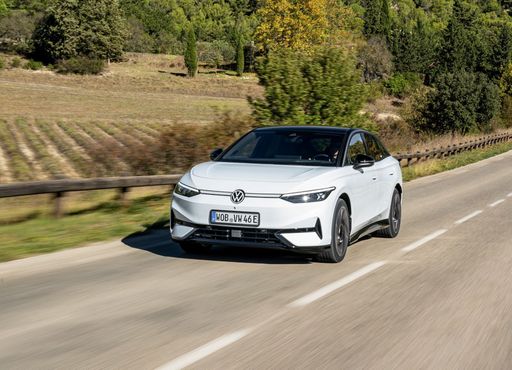
VW ID.7
BYD Tang
The BYD Tang represents a bold entry into the competitive SUV market, blending cutting-edge technology with modern design aesthetics. Its spacious interior is complemented by high-quality materials and innovative features, making it a strong contender for families and tech enthusiasts alike. With an emphasis on sustainability, the Tang offers an eco-friendly driving experience without compromising on performance or luxury.
details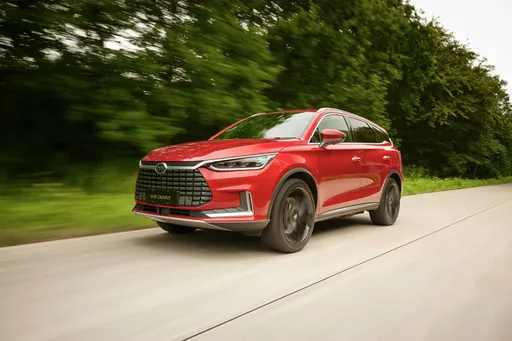 @ press.bydauto.be
@ press.bydauto.be
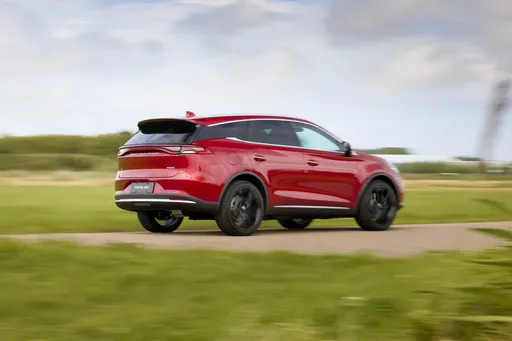 @ press.bydauto.be
@ press.bydauto.be
 @ press.bydauto.be
@ press.bydauto.be
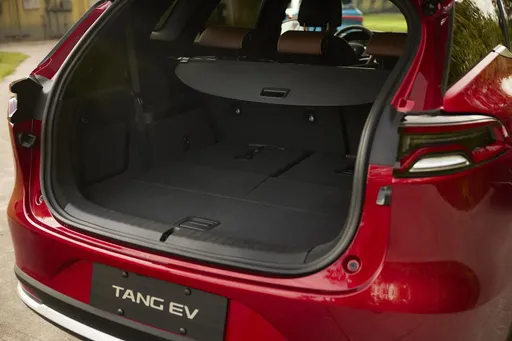 @ press.bydauto.be
@ press.bydauto.be
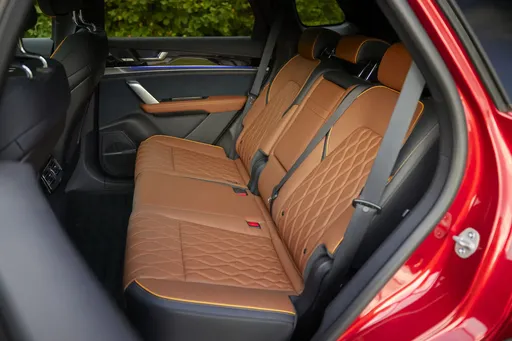 @ press.bydauto.be
@ press.bydauto.be
VW ID.7
The VW ID.7 represents a significant step forward in Volkswagen's electric vehicle lineup, offering an elegant design combined with advanced technology features. This electric saloon showcases a sleek aerodynamic profile, prioritising both performance and efficiency. Inside, drivers will appreciate the spacious and modern cabin, equipped with intuitive controls and connectivity features for a seamless driving experience.
details @ Volkswagen.de
@ Volkswagen.de
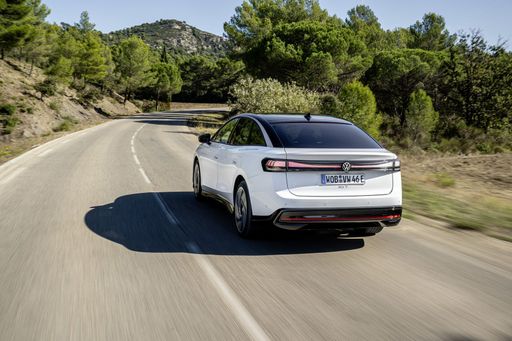 @ Volkswagen.de
@ Volkswagen.de
 @ Volkswagen.de
@ Volkswagen.de
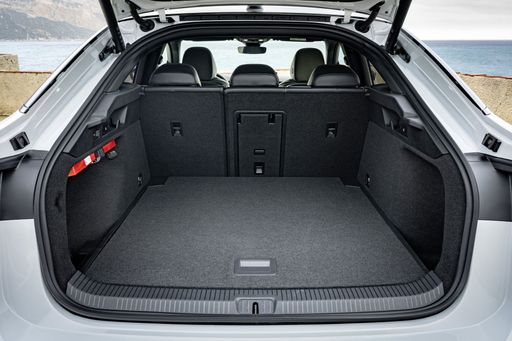 @ Volkswagen.de
@ Volkswagen.de

|

|
|
|
|
Costs and Consumption |
|
|---|---|
|
Price
64300 £
|
Price
46400 - 54200 £
|
|
Consumption L/100km
-
|
Consumption L/100km
-
|
|
Consumption kWh/100km
24 kWh
|
Consumption kWh/100km
13.6 - 16.2 kWh
|
|
Electric Range
530 km
|
Electric Range
594 - 708 km
|
|
Battery Capacity
-
|
Battery Capacity
77 - 86 kWh
|
|
co2
0 g/km
|
co2
0 g/km
|
|
Fuel tank capacity
-
|
Fuel tank capacity
-
|
Dimensions and Body |
|
|---|---|
|
Body Type
SUV
|
Body Type
Hatchback
|
|
Seats
7
|
Seats
5
|
|
Doors
5
|
Doors
5
|
|
Curb weight
2630 kg
|
Curb weight
2180 - 2325 kg
|
|
Trunk capacity
235 L
|
Trunk capacity
532 L
|
|
Length
4970 mm
|
Length
4961 mm
|
|
Width
1955 mm
|
Width
1862 mm
|
|
Height
1745 mm
|
Height
1535 - 1536 mm
|
|
Max trunk capacity
1655 L
|
Max trunk capacity
1586 L
|
|
Payload
575 kg
|
Payload
460 - 465 kg
|
Engine and Performance |
|
|---|---|
|
Engine Type
Electric
|
Engine Type
Electric
|
|
Transmission
Automatic
|
Transmission
Automatic
|
|
Transmission Detail
Reduction Gearbox
|
Transmission Detail
Reduction Gearbox
|
|
Drive Type
All-Wheel Drive
|
Drive Type
Rear-Wheel Drive, All-Wheel Drive
|
|
Power HP
517 HP
|
Power HP
286 - 340 HP
|
|
Acceleration 0-100km/h
4.90 s
|
Acceleration 0-100km/h
5.4 - 6.6 s
|
|
Max Speed
190 km/h
|
Max Speed
180 km/h
|
|
Torque
680 Nm
|
Torque
545 - 679 Nm
|
|
Number of Cylinders
-
|
Number of Cylinders
-
|
|
Power kW
380 kW
|
Power kW
210 - 250 kW
|
|
Engine capacity
-
|
Engine capacity
-
|
General |
|
|---|---|
|
Model Year
2024
|
Model Year
2023 - 2024
|
|
CO2 Efficiency Class
A
|
CO2 Efficiency Class
A
|
|
Brand
BYD
|
Brand
VW
|
Is the BYD Tang offered with different drivetrains?
The BYD Tang is available as All-Wheel Drive.
The prices and data displayed are estimates based on German list prices and may vary by country. This information is not legally binding.
